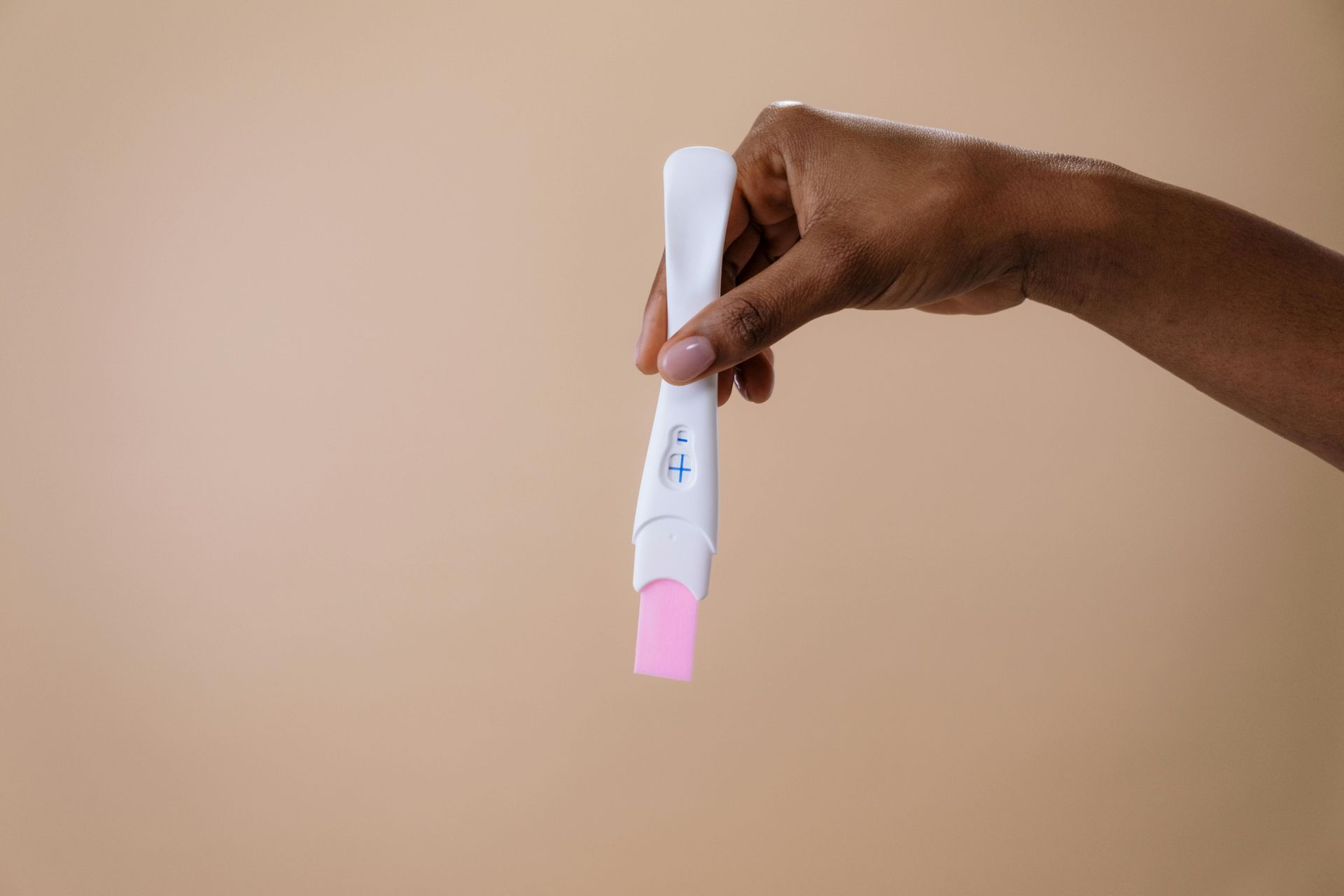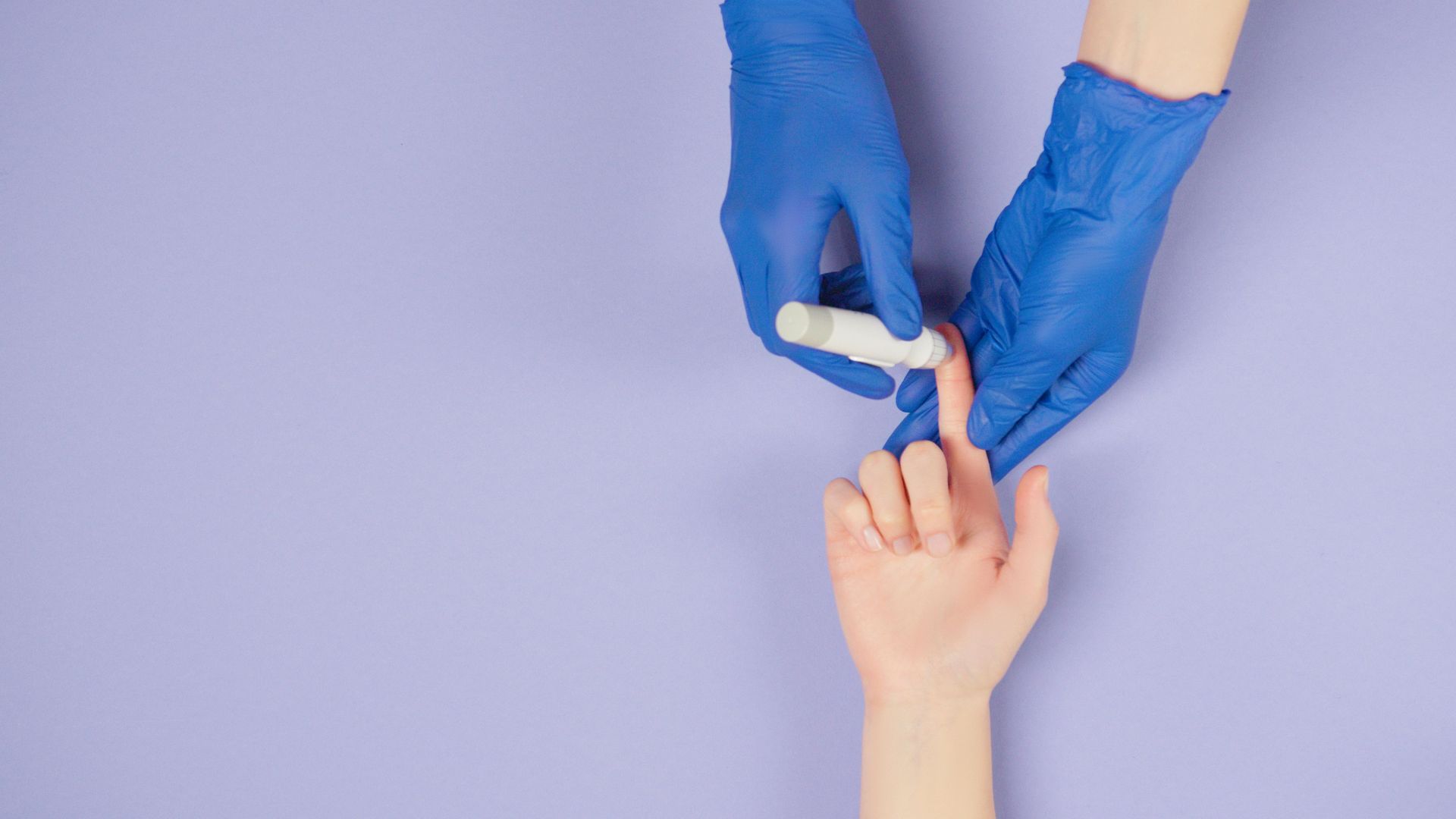Fetal Development
Fetal Development – The First Nine Months
Pregnancy can seem strange and mysterious. If you’ve recently found out you’re pregnant, or you’re just curious about the development of an unborn child, you’ve reached the right place. Here we’ll take a look at the fetal development and growth of your pregnancy week by week, so you can learn about and enjoy the wonderful changes that occur throughout every pregnancy.
When Does Pregnancy Start?
Before embarking on the journey of a child’s development in the womb, we must first determine exactly when the pregnancy began. In modern medicine, there are two ways of dating a pregnancy: gestational age and fertilization age.
Gestational age refers to the time since the first day of the mother’s last menstrual period. In most visits to a prenatal doctor, he or she will refer to the age of your baby in terms of gestational age. In most cases, the gestational age begins two or more weeks before the fertilization of the egg by sperm.
Fertilization age refers to how long it has been since the actual event of conception: the fertilization of an egg by sperm. Because most women ovulate (release an egg into their womb from the ovary) in the middle of their menstrual cycle, fertilization age is typically about 14 days later than the gestational age. However, every woman’s cycle is different and thus fertilization age is slightly less accurate than gestational age.
For purposes of convenience, the dates in this development guide use gestational age as a milestone. To determine when these milestones occur in terms of fertilization age, simply subtract approximately two weeks from our week by week pregnancy fetal development guide.
The Stages of Pregnancy

It’s important to remember that every pregnancy is different, and your week by week experience may be different from that of other women. However, one thing is certain – when you find out you’re pregnant, you should schedule an appointment with a prenatal care doctor or midwife who can advise you on the best ways to care for yourself and your developing child. A doctor or midwife can also answer all your questions and give you the best advice for the remainder of your pregnancy.
If you’re scared or unsure about your pregnancy, give Hope a call. We have years of experience in helping women through the confusion and difficulty associated with an unplanned or surprise pregnancy. We offer hope, support, and education – never judgment.
Have Questions? Please text (405) 531-9011 or schedule your appointment.



